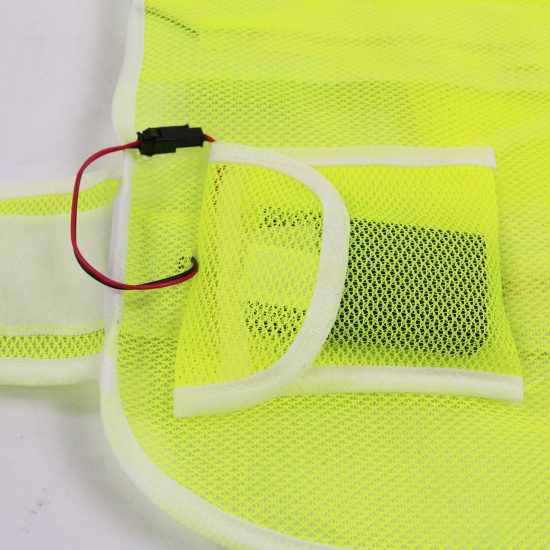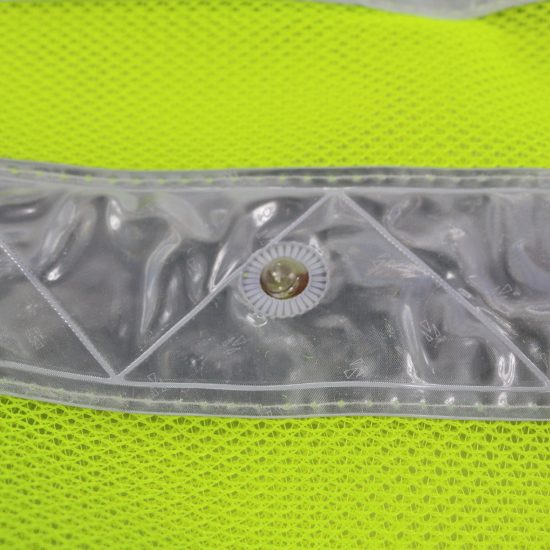Safety wear is indeed a must for construction workers, and it plays a vital role in ensuring their well-being and protecting them from the numerous hazards associated with construction sites. Here are some reasons why safety wear is essential for construction workers:
- Protection from Falling Objects: Construction sites often involve heavy equipment and materials being lifted or moved overhead. Safety helmets (hard hats) are crucial for protecting workers’ heads from falling objects, debris, or tools.
- Eye and Face Protection: Safety goggles or face shields shield the eyes and face from flying debris, dust, chemicals, and welding sparks, which are common on construction sites.
- Hearing Protection: Construction sites can be very noisy due to heavy machinery and equipment. Hearing protection, such as earplugs or earmuffs, helps prevent hearing damage from prolonged exposure to loud noises.
- Respiratory Protection: Dust, fumes, and airborne contaminants are prevalent in construction. Respirators or dust masks are essential for safeguarding workers from inhaling harmful particles and gases.
- Hand and Arm Protection: Construction workers often handle rough materials, tools, and equipment. Wearing appropriate gloves can prevent cuts, abrasions, and chemical exposure.
- Foot Protection: Steel-toed boots or safety shoes protect the feet from heavy objects, sharp materials, and potential crushing hazards on construction sites.
- High-Visibility Clothing: Construction workers need to be visible to heavy equipment operators and other workers, especially in low-light conditions. High-visibility vests or clothing with reflective strips enhance visibility and prevent accidents.
- Fall Protection: Fall hazards are significant on construction sites, especially for those working at heights. Safety harnesses, lanyards, and anchor points are essential for preventing falls and protecting workers who work on scaffolding, roofs, or elevated platforms.
- Protective Clothing: In some construction tasks, full-body protective clothing, such as coveralls or chemical-resistant suits, may be required to shield workers from chemical splashes, hazardous materials, or extreme temperatures.
- Electrical Safety Gear: Construction workers involved in electrical work must wear insulated gloves, face shields, and other protective equipment to prevent electrical shocks and burns.
- Visibility at Night: For construction projects that extend into the night, reflective clothing and gear become even more critical to maintain worker visibility.
- Weather Protection: Weather-appropriate clothing, such as rain gear or cold-weather gear, ensures that workers are protected from adverse weather conditions, which can affect both comfort and safety.
- Emergency Preparedness: In the event of accidents, fire-resistant clothing and fire extinguishing equipment are essential for immediate response and safety.
In summary, safety wear is a must for construction workers because it provides protection against a wide range of workplace hazards and helps prevent injuries, accidents, and long-term health issues. Employers have a legal and ethical responsibility to provide the necessary safety wear, and workers should use it consistently to ensure their safety on construction sites.


